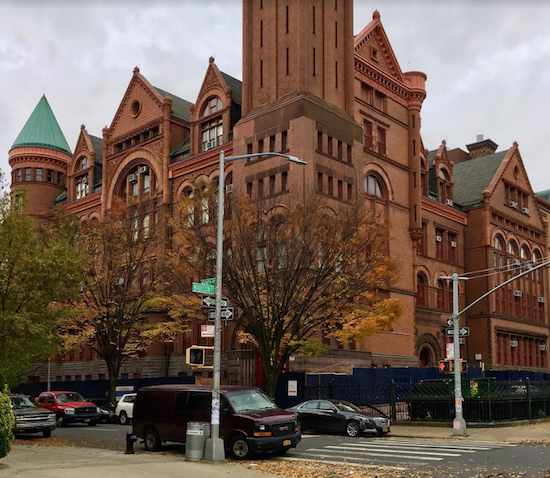Take a stroll on Marcy Avenue, part one
Eye on Real Estate

Welcome to Marcy Avenue, where you find eye-catching landmarks like Boys' High School. Eagle photos by Lore Croghan
A Montrose Morris mansion and a NYCHA project where Jay-Z grew up.
You can find both on Marcy Avenue.
This historic road leads through the heart of Bedford-Stuyvesant and into Williamsburg.

Brooklyn Boro
View MoreNew York City’s most populous borough, Brooklyn, is home to nearly 2.6 million residents. If Brooklyn were an independent city it would be the fourth largest city in the United States. While Brooklyn has become the epitome of ‘cool and hip’ in recent years, for those that were born here, raised families here and improved communities over the years, Brooklyn has never been ‘uncool’.